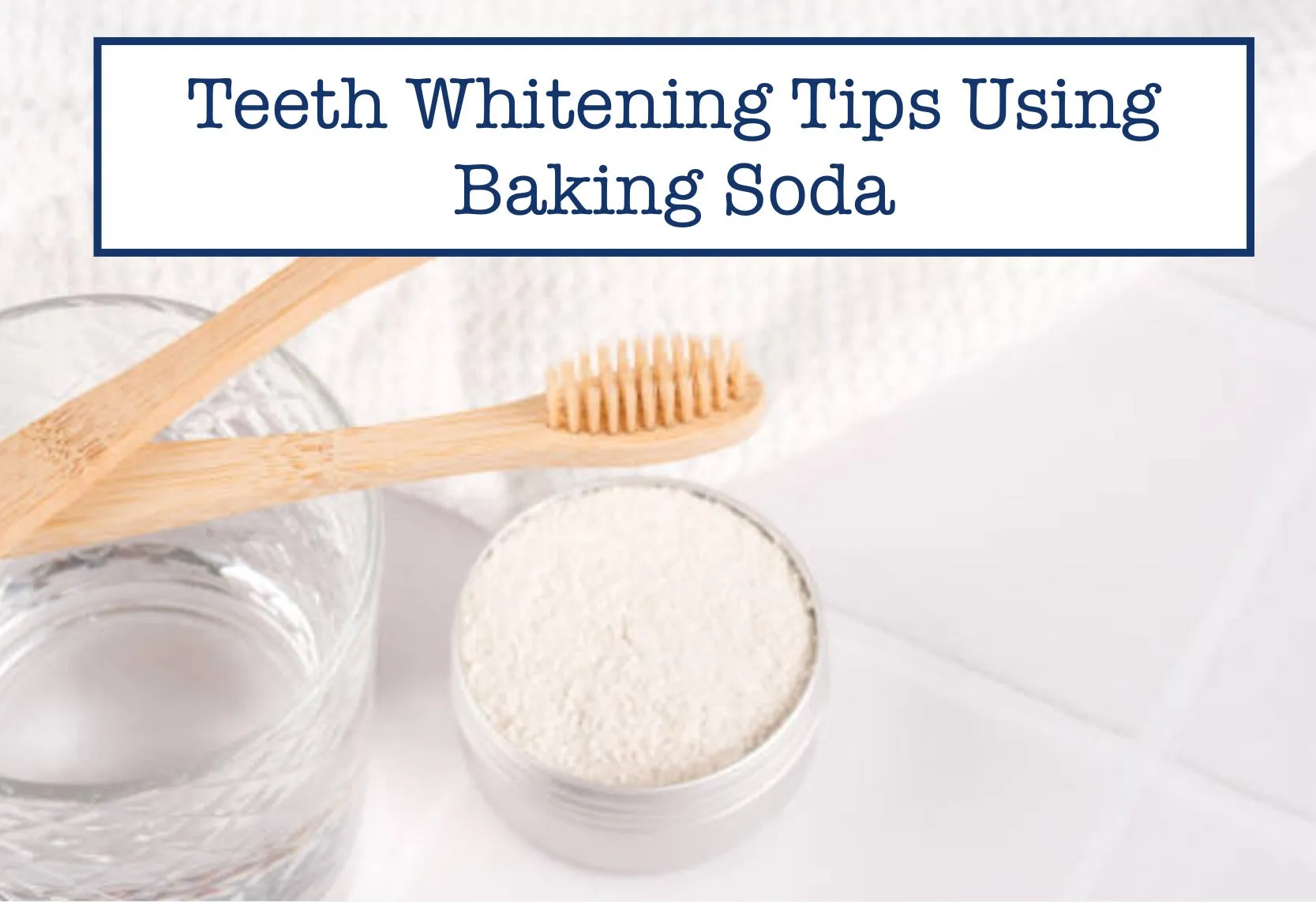What is Baking Soda Teeth Whitening
Baking soda teeth whitening is a popular, cost-effective method that many people use to brighten their smiles at home. It involves using sodium bicarbonate, commonly known as baking soda, to remove surface stains and discoloration from teeth. This natural approach has gained traction due to its accessibility and the perception that it is a safer alternative to some commercial whitening products. However, it is essential to understand how baking soda works and to use it correctly to avoid potential harm to your teeth.
How Baking Soda Works for Teeth Whitening
Baking soda’s effectiveness in teeth whitening is primarily due to its abrasive nature and its ability to alter the pH balance in your mouth. It works by gently scrubbing away stains on the surface of your teeth. This action can help remove coffee, tea, and other stain-causing substances. Moreover, baking soda creates an environment that may be less conducive to bacterial growth, potentially aiding in overall oral health. It is a straightforward method that many people incorporate into their routine for a brighter smile. While it can be effective, it’s important to understand the science behind the method and potential risks.
Baking Soda’s Abrasive Action
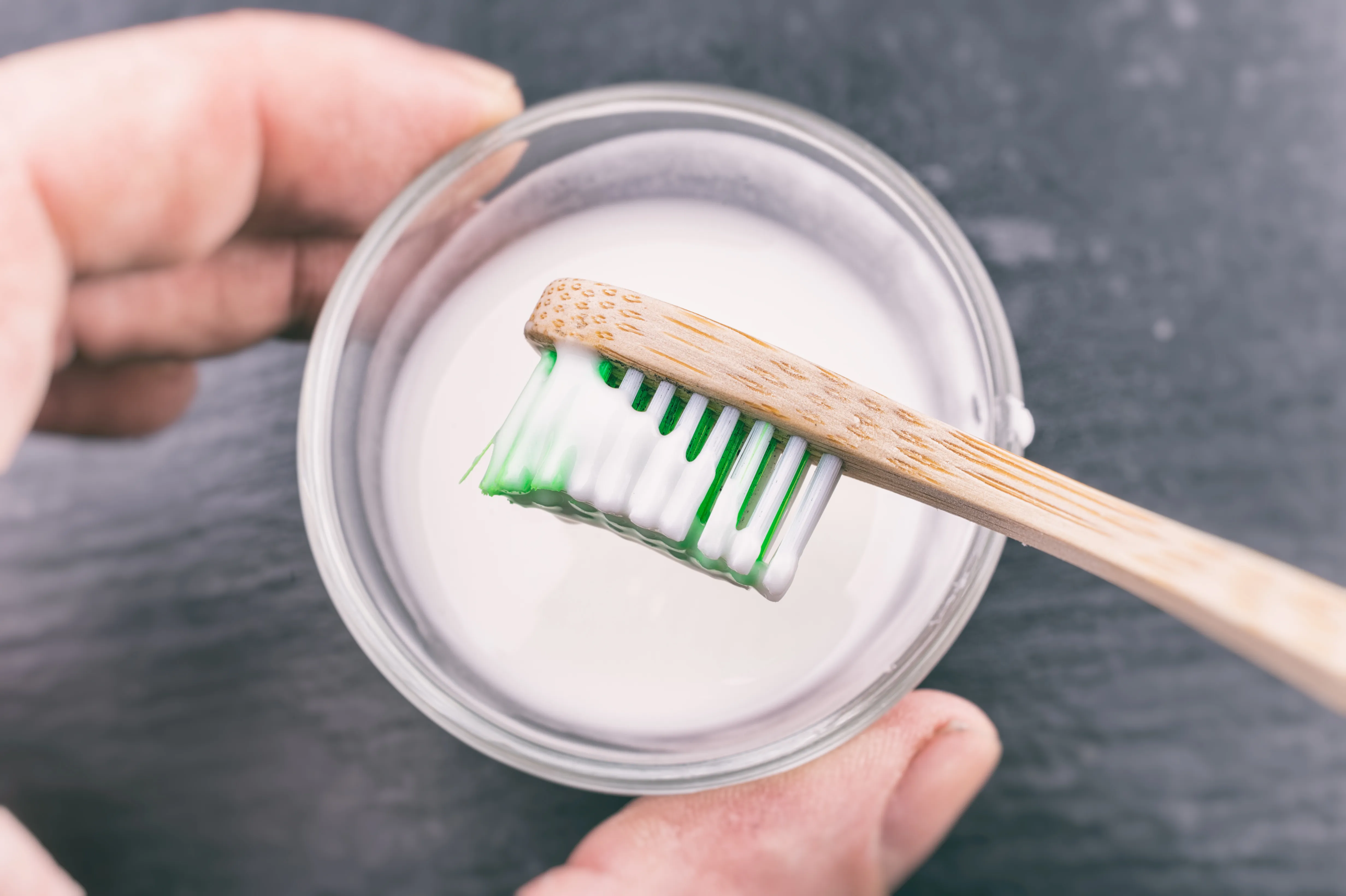
The abrasive quality of baking soda is a key factor in its whitening abilities. When used, the tiny particles of baking soda gently scrape away surface stains from the enamel. This process smooths the surface of your teeth, which can make them appear whiter and brighter. The abrasiveness, however, is a double-edged sword. While it helps remove stains, excessive or improper use can lead to the erosion of enamel. This is why it’s crucial to use baking soda sparingly and correctly, to minimize any potential damage to your teeth. Proper technique and frequency are key to achieving desired results safely.
Baking Soda’s pH Level and Whitening
Baking soda also has a slightly alkaline pH, which plays a role in its whitening effect. When mixed with water, it creates a basic solution, and this can help neutralize acids in your mouth. These acids often contribute to the erosion of enamel and can worsen stains. By creating a more alkaline environment, baking soda can inhibit bacterial growth and help to maintain a cleaner, healthier oral environment. This indirect effect contributes to the overall brightening of your teeth. The balance of pH can impact both the effectiveness and the safety of the method.
Preparing Your Teeth for Baking Soda
Before you start using baking soda for teeth whitening, it’s crucial to prepare your teeth properly. Ensure that you have good oral hygiene habits in place, including regular brushing and flossing. Addressing any existing dental issues, such as cavities or gum disease, is essential before starting any whitening treatment. Consulting your dentist is a good idea, as they can assess your teeth’s condition and provide tailored advice. This preparatory step helps maximize the effectiveness of the treatment and reduce the risk of complications.
Gathering Your Supplies

The supplies needed for baking soda teeth whitening are minimal and readily available. You’ll need baking soda, which you can find at most grocery stores. A soft-bristled toothbrush is also essential to avoid damaging your enamel. A small container or cup for mixing is helpful, and a measuring spoon can ensure consistency. Water is the main ingredient for mixing with baking soda. Finally, a clean towel or washcloth can prevent messes. The simplicity of the needed supplies adds to the appeal of this method for at-home teeth whitening.
Choosing the Right Baking Soda
Not all baking soda is created equal. When choosing baking soda for teeth whitening, opt for food-grade baking soda, which is readily available and safe for consumption. Avoid baking soda that contains added ingredients, such as flavorings or artificial colors, as these could be harsh on your teeth. Check the expiration date to ensure it is fresh, as the effectiveness can diminish over time. Storing your baking soda in a dry place will also help maintain its quality. Selecting the right baking soda ensures you get the best and safest results for your teeth.
The Baking Soda and Water Method
The baking soda and water method is a simple and straightforward approach. Begin by mixing a small amount of baking soda, about a teaspoon, with enough water to create a paste. The consistency should be thick enough to adhere to your toothbrush but not too runny. Apply the paste to your toothbrush, ensuring even coverage. Then, gently brush your teeth, paying attention to all surfaces. Avoid brushing too vigorously, as this can damage your enamel. Proper technique is key to the success of the method. It is very important to know the steps for effective and safe use.
The Baking Soda and Toothpaste Technique
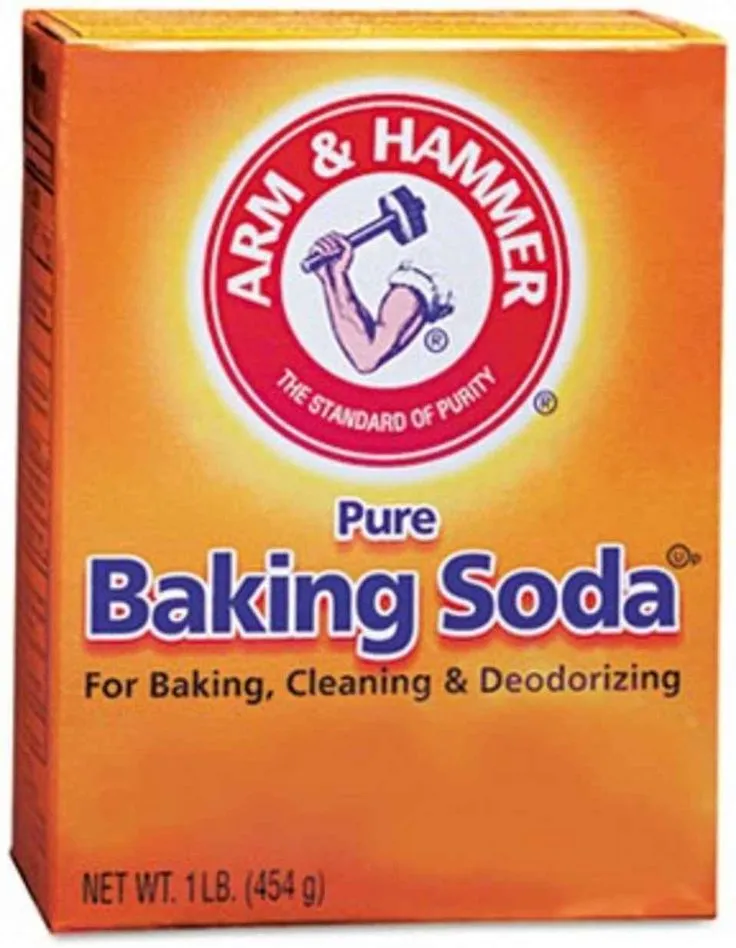
Combining baking soda with toothpaste is another popular method for teeth whitening. This approach involves adding a small amount of baking soda to your regular toothpaste. Mix the two ingredients together on your toothbrush, and brush your teeth as usual. The toothpaste can enhance the cleaning and freshening effects, while the baking soda provides additional whitening benefits. Ensure you select a toothpaste that suits your needs, such as one for sensitive teeth if necessary. This combined method is a convenient way to incorporate baking soda into your daily oral care routine.
Application Techniques
Proper application techniques are crucial for achieving the best results while minimizing potential risks. Use a soft-bristled toothbrush and apply gentle pressure to avoid damaging your enamel. Brush in circular motions, covering all surfaces of your teeth, and pay close attention to areas with stains. Ensure you reach all teeth to promote even whitening. For the baking soda and toothpaste method, distribute the mixture evenly across your teeth. Patience and consistency are essential for the best outcome. Incorrect methods may cause damage so it is important to know the right ones.
Brushing Correctly for Optimal Results
Brushing correctly is vital for effectively using baking soda. Hold your toothbrush at a 45-degree angle to your gum line, and brush gently in a circular motion. Spend at least two minutes brushing, making sure to reach all areas of your teeth. Don’t apply too much pressure, as this can damage your enamel and irritate your gums. Focus on cleaning each tooth surface, including the front, back, and chewing surfaces. Rinsing your mouth with water or mouthwash after brushing helps remove any remaining baking soda and toothpaste. Good brushing technique will help you see results.
The Frequency of Whitening
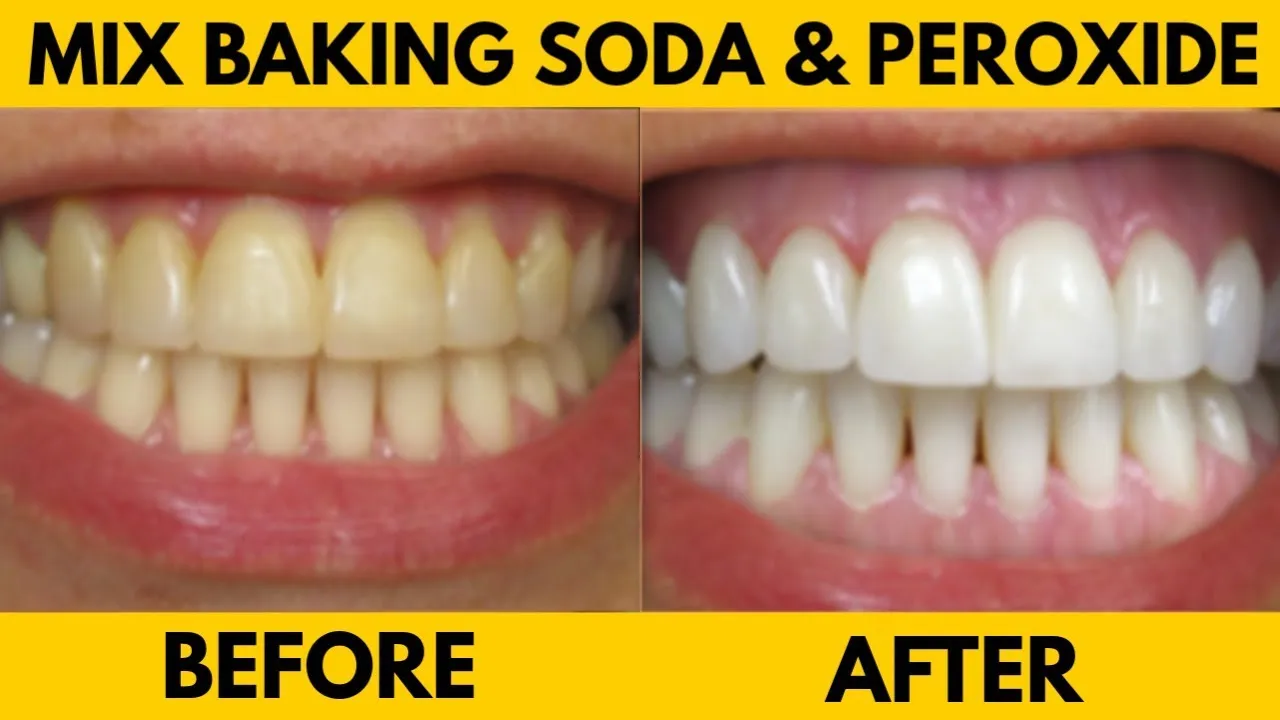
The frequency of using baking soda for teeth whitening is an important consideration. It is generally advised to use baking soda no more than a few times a week. Overuse can lead to enamel erosion and increased tooth sensitivity. Monitor your teeth for any signs of sensitivity or irritation, and adjust the frequency accordingly. For those using the baking soda and toothpaste method, limit it to a couple of times per week. Balancing the whitening benefits with the need to protect your enamel is crucial for maintaining healthy teeth.
Rinsing Thoroughly After Brushing
Thorough rinsing after brushing with baking soda is essential for removing any residue and preventing potential damage. Rinse your mouth with water several times to remove all traces of the baking soda paste. You can also use a fluoride mouthwash, which helps strengthen your enamel and protect against cavities. Make sure to spit out the rinse completely to avoid swallowing any of the mixture. Rinsing well helps ensure that the baking soda does not remain on your teeth longer than necessary, reducing the risk of enamel erosion.
Expected Results and Timeline
The timeline for seeing results from baking soda teeth whitening can vary depending on several factors, including the initial condition of your teeth, the frequency of use, and your oral hygiene habits. Some people may notice slight improvements within a few weeks, while others may need several months to see visible changes. Consistent use, combined with good oral hygiene, is key to achieving the desired results. It is very important to understand that it is gradual process. Be patient with your teeth and you will see results.
Assessing Your Current Tooth Shade
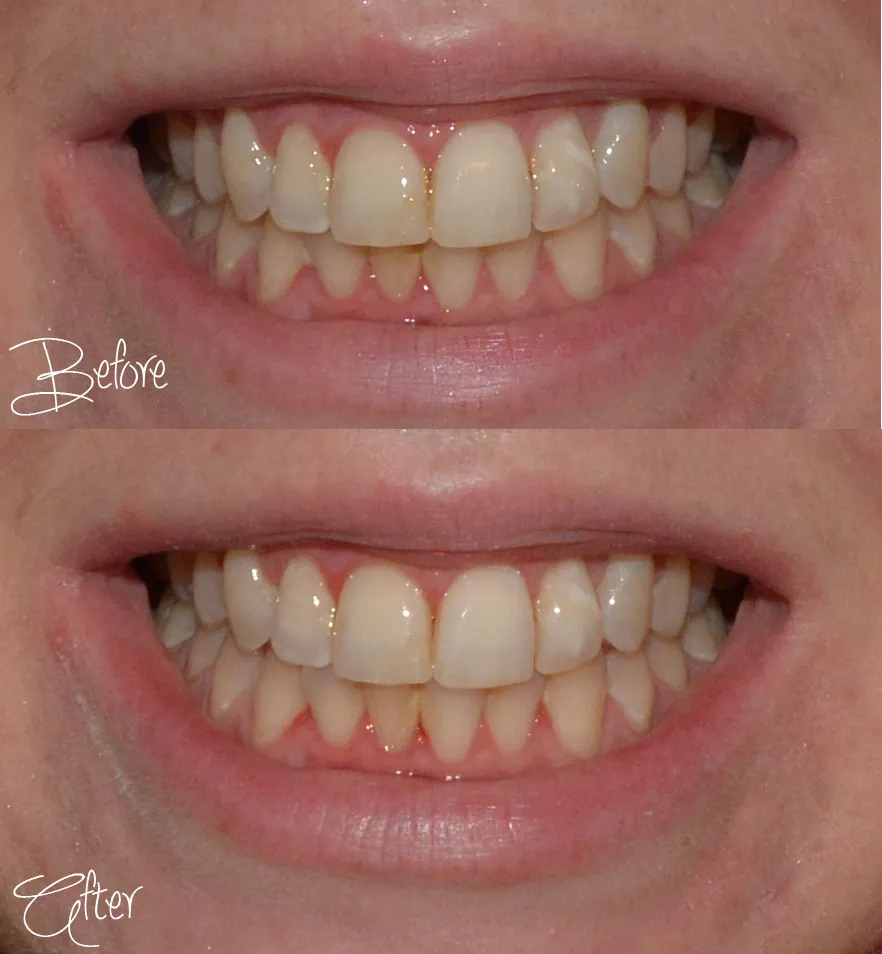
Before starting baking soda teeth whitening, it is a good idea to assess your current tooth shade. You can do this by comparing your teeth to a shade guide, which is a color chart used by dentists to measure tooth whiteness. This allows you to track your progress and see how much whiter your teeth are becoming over time. Knowing your starting point will also help you set realistic expectations for the whitening process. Taking a ‘before’ photo of your teeth is a helpful visual reference to monitor changes.
Tracking Your Progress
Tracking your progress is essential to see how effective your baking soda teeth whitening efforts are. Keep a record of your whitening sessions and note any changes you observe in your teeth. Taking photos of your teeth periodically can help you visualize the improvements. Using a shade guide can provide objective measurements of your progress. You can also monitor any side effects, like increased sensitivity. Regular check-ins will keep you motivated and help you to adjust your approach if necessary. They will also indicate if you should stop and consult your dentist.
Factors Influencing Results
Several factors can influence the results of baking soda teeth whitening. The initial condition of your teeth plays a significant role. Teeth with surface stains will typically respond better than those with deeper, intrinsic discoloration. Your diet also impacts your results. Reducing the consumption of staining foods and drinks, like coffee, tea, and red wine, can enhance the effectiveness of whitening. Consistent oral hygiene, including regular brushing and flossing, maximizes the benefits. The frequency and technique of baking soda use also have an impact on the results.
Potential Risks and Side Effects

While baking soda is generally considered safe, it’s important to be aware of potential risks and side effects. These can range from temporary discomfort to more serious issues. Understanding the potential downsides allows you to use the method safely and make informed decisions about your oral care. Proper use and moderation are key to minimizing the risk of complications. It is always recommended to consult your dentist if you experience any adverse effects. Awareness of the risks will allow you to make informed decisions about your oral health.
Tooth Sensitivity and Irritation
One of the most common side effects of baking soda teeth whitening is increased tooth sensitivity. This can manifest as a temporary discomfort when consuming hot or cold foods and drinks. Irritation to the gums is another potential issue. If you experience these symptoms, reduce the frequency of your whitening sessions or consider using a toothpaste designed for sensitive teeth. Persistent sensitivity or irritation should be addressed by a dentist. Being aware of the signs will help you respond quickly and adjust your routine as needed.
Enamel Erosion Concerns
Overuse of baking soda can lead to enamel erosion. Enamel is the protective outer layer of your teeth, and its erosion can make your teeth more susceptible to cavities and sensitivity. The abrasive nature of baking soda can gradually wear down the enamel if used too frequently or with excessive force. Signs of enamel erosion include increased transparency of your teeth, sensitivity to temperature changes, and an increased risk of decay. Moderation and proper technique are essential to minimize this risk, and consulting a dentist for regular check-ups is highly recommended.
When to Consult a Dentist
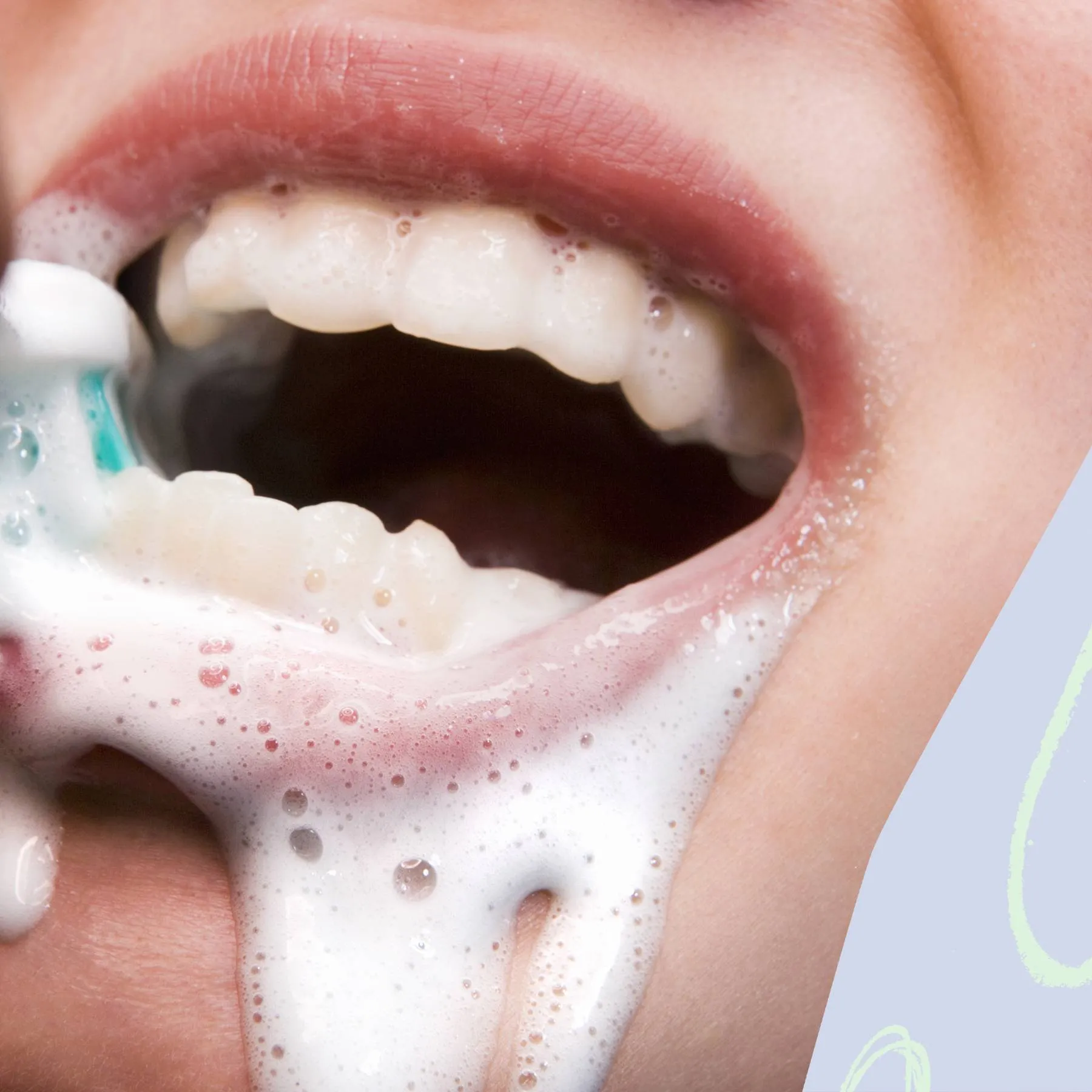
It is important to know when to consult a dentist when using baking soda for teeth whitening. If you experience any persistent tooth sensitivity, gum irritation, or changes in your tooth structure, schedule an appointment with your dentist immediately. They can assess the condition of your teeth and provide professional advice or treatment. Regular dental checkups are essential, regardless of whether you are using baking soda. Dentists can identify and address any underlying oral health issues that may not be apparent. Following their advice will help ensure a healthy and bright smile.
Alternative Teeth Whitening Options
If baking soda teeth whitening doesn’t meet your needs or if you experience any adverse effects, there are alternative options available. These include professional whitening treatments, over-the-counter products, and other home remedies. Exploring these alternatives can help you achieve a brighter smile safely and effectively. It is always wise to understand the options and seek professional advice. Finding the right approach will help you feel more confident. Consult your dentist to determine the best method for your needs.
Professional Whitening Treatments
Professional teeth whitening treatments are performed by dentists and offer a more powerful and controlled approach to brightening your smile. These treatments typically involve the use of high-concentration peroxide gels, which are applied to the teeth and activated by a special light. The process is fast and effective, often producing dramatic results in a single session. Professional whitening is a safe and effective option, as it’s conducted under the supervision of a trained professional. These treatments are ideal for those who want quick, noticeable results or those with more stubborn staining.
Over the Counter Products
Over-the-counter (OTC) teeth whitening products offer a convenient and more accessible option. These products include whitening strips, trays, toothpastes, and gels. Whitening strips and trays use peroxide-based solutions, while whitening toothpastes often contain abrasives to remove surface stains. When using OTC products, it’s important to follow the instructions carefully and choose products approved by dental associations. These products are more affordable than professional treatments and can be used at home, but they may not be as effective for more severe discoloration.
Maintaining Your White Smile
Once you achieve a whiter smile, maintaining it requires a combination of good oral hygiene and lifestyle choices. Regular brushing and flossing are essential to remove plaque and food particles. Dietary choices also play a significant role in preventing stains. Routine dental checkups and cleanings help maintain your teeth. Consistent care keeps your smile bright and healthy. These practices together will contribute to your long-term oral health.
Daily Oral Hygiene
Daily oral hygiene practices are the cornerstone of maintaining a bright smile. Brush your teeth twice a day for two minutes each time, using fluoride toothpaste. Floss daily to remove food particles and plaque from between your teeth. Use mouthwash to help remove any remaining bacteria and freshen your breath. Consider using an electric toothbrush, as they often have features that promote more effective cleaning. Maintaining consistent oral hygiene will not only enhance your smile but also promote overall oral health.
Dietary Considerations
Your diet significantly impacts the color of your teeth. Certain foods and drinks can stain your teeth, including coffee, tea, red wine, and dark-colored berries. Reducing your intake of these items can help maintain your smile. Rinse your mouth with water after consuming these foods and drinks to minimize staining. Incorporate teeth-friendly foods into your diet, such as apples, celery, and carrots, which can help clean your teeth naturally. A balanced diet supports both your oral health and the brightness of your smile.
Regular Dental Checkups
Regular dental checkups and cleanings are crucial for maintaining a white and healthy smile. During your checkups, your dentist can remove any plaque or tartar buildup that can cause discoloration. They can also identify and address any underlying dental issues, such as cavities or gum disease. Your dentist can provide professional advice on maintaining your oral health. Make appointments every six months for checkups and cleaning. This preventive approach will help maintain the results of any teeth whitening treatment and protect your teeth from potential problems.
